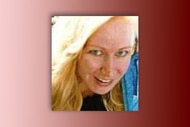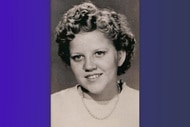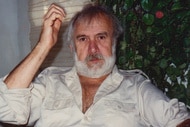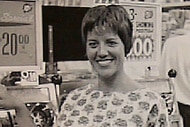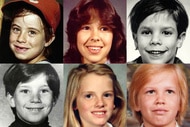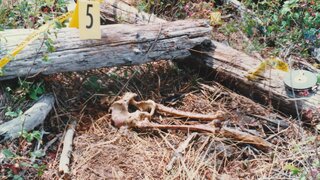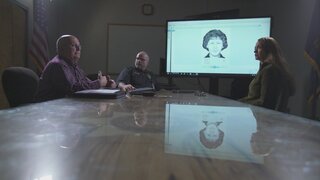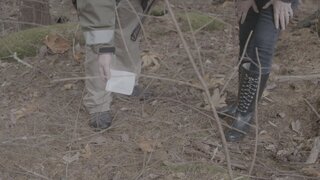Create a free profile to get unlimited access to exclusive videos, breaking news, sweepstakes, and more!
Why Are There So Many Jane Does Still Unidentified? A Forensic Genealogist Weighs In
In Oxygen special “The Jane Doe Murders,” an Oregon Jane Doe’s cold case is given a second look.

A dead body. Obvious signs of foul play. It shouldn’t be too hard to find out what happened, right? Murders are solved all the time. But in some cases, it’s near impossible to even figure out who the victim is.
Each year an estimated 4,400 unidentified bodies are found and about 1,000 of them remain John or Jane Doe cases after a year passes, according to the National Missing and Unidentified Persons System (known as NamUs). Their cases remain unsolved and their loved ones remain in the dark about what exactly happened to them.
Retired crime scene investigator Yolanda McClary returns to Oxygen in “The Jane Doe Murders,” streaming now on Oxygen.com, in an attempt to change that for one such body. With the aid of forensic genealogists and local law enforcement, McClary aims to identify a Jane Doe in Polk County, Oregon and find out what happened to her.
Although forensic genealogy can help identify unknown remains, the science being used to assist investigations is still a fairly new practice, Charles McGee, a certified genealogist who is featured on “The Jane Doe Murders,” told Oxygen.com.
“We’re just, you know, taking DNA, adding it to our genealogical research,” McGee said. “It’s the combination of DNA testing with traditional genealogy.”
It’s led to impressive results, though. Forensic genealogy was famously used in the Golden State Killer case to identify a suspect based off DNA found at a crime scene: Joseph James DeAngelo was formally sentenced to life in prison without the possibility for parole last summer.
Still, the science has been met with some controversy regarding ethical or privacy concerns. But McGee, whose team focuses on researching and identifying unknown victims, emphasized the benefits of forensic genealogy.
“I think we’re on the right track,” McGee said. “I think solving these murders or these horrible things that have happened to people is a really important thing to do and I hope it continues.”
But if this technique has proven so useful, already identifying victims and solving murders in the last several years, why are there so many Jane and John Does still out there?
Well, part of the reason is there just isn’t enough DNA data to work with. Despite more people opting in to share their profile on the genealogy website GEDmatch, which allows law enforcement to access its data to identify remains, McGee explained there are not always enough profiles to compare to help with every case.
“There are over a million people on GEDmatch that uploaded their DNA, but still being able to get a good match, something really high like in the 300s or so, is pretty rare,” McGee said.
It’s an assessment CeCe Moore, head of genetic genealogy at Parabon NanoLabs, agrees with, as she emphasized the importance of having more DNA profiles.
“The techniques are already very powerful, and the science is very powerful. We just need more DNA to compare it to,” Moore told Oxygen.com in a 2019 interview. “That’s what it relies on. We need more data and more people who are willing to contribute their DNA profiles to the effort […] It sometimes can only narrow it down so far.”
Another roadblock to identifying people in Doe cases can be the amount of work and the costly expense tied to this type of science and research for law enforcement agencies.
“It’s just a very involved process,” McGee said. “I think the time involved and potentially the cost involved for many law enforcement outfits is just maybe prohibitive.”
Typically, trying to find a match in a single case can take about three months of research, according to McGee.
But despite these roadblocks to identifying the thousands of Jane and John Does in the United States, McGee is hopeful.
“The initial comparison is just the beginning of a really long, complicated process,” McGee said. “You end up having to build out thousands of people in. It takes a long time, but you know, really thanks to all the people that are willing to upload their DNA to these databases, so we can make these comparisons — because without them there would no forensic genealogy.”
To learn what happens in McClary’s cold case, watch “The Jane Doe Murders” streaming now on Oxygen.com or the Oxygen app.


